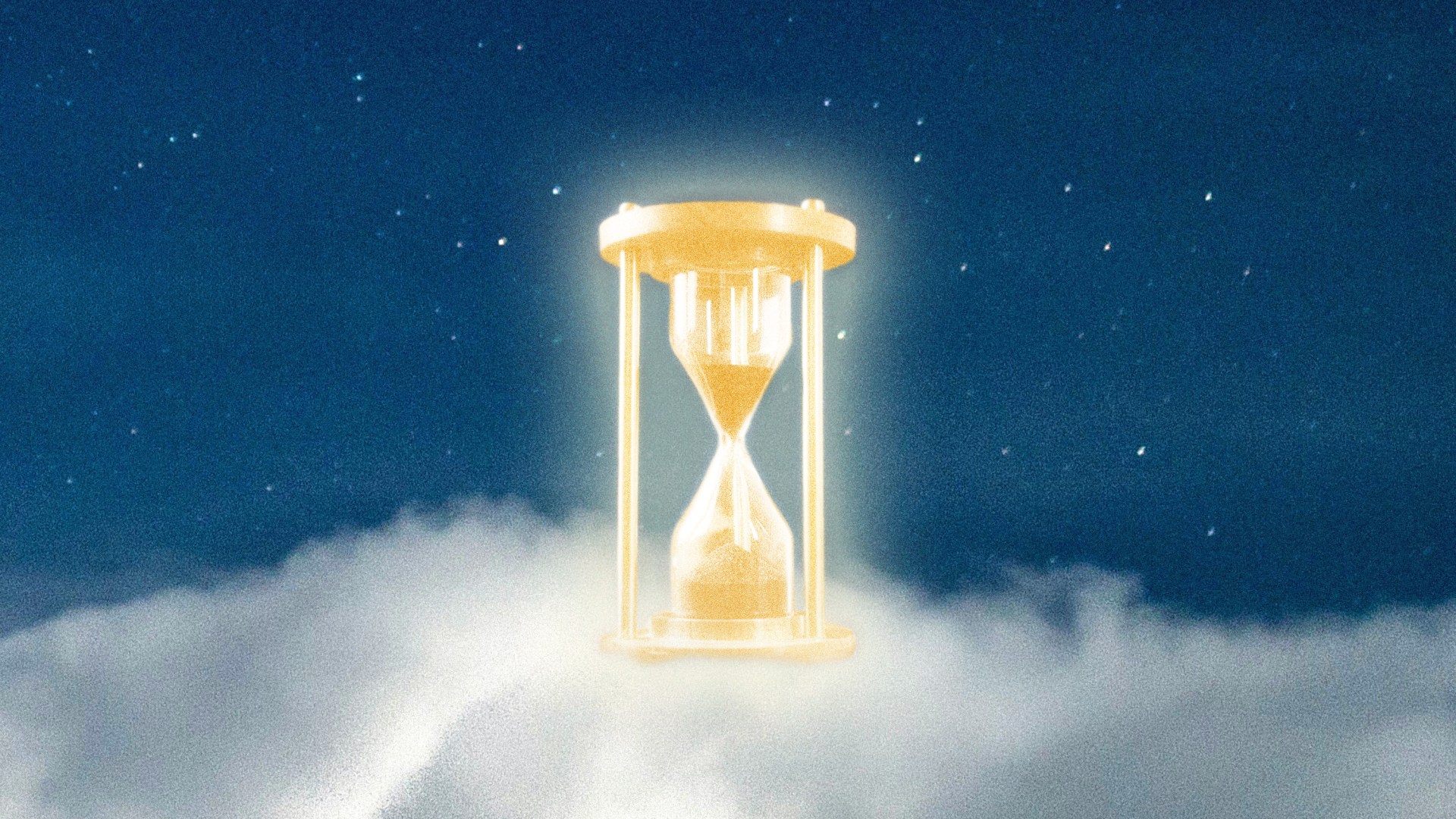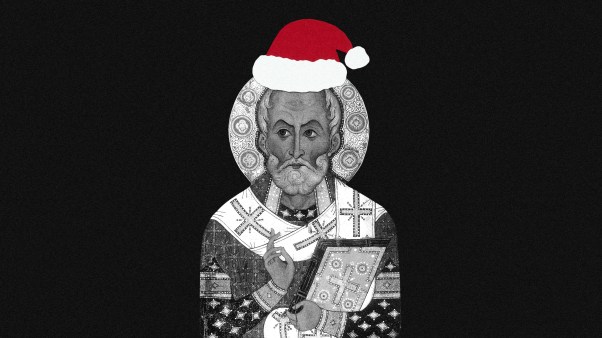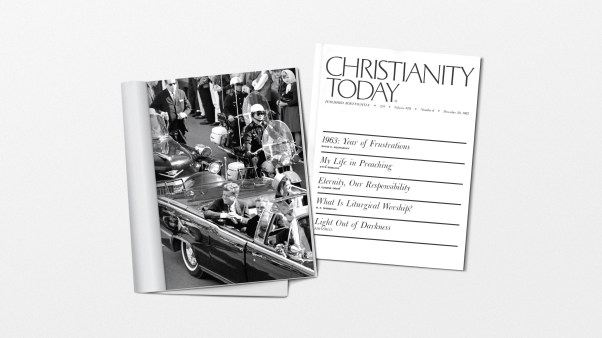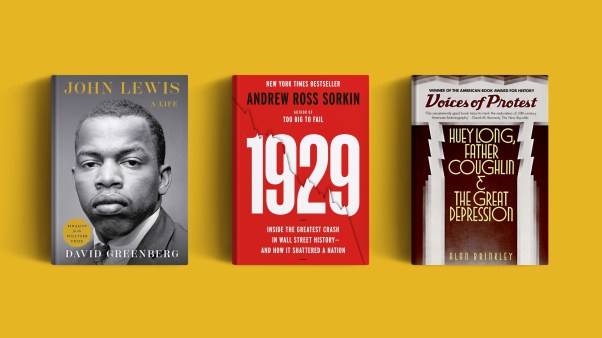I never set out to be a church calendar apologist. As a child growing up in diverse denominational settings—old-school Baptist services, Roman Catholic Mass, and storefront African gatherings—I witnessed beauty and vibrancy in each. Still, aside from the high points of Good Friday and Easter, the church year never caught my eye.
In my first decade of pastoral ministry, I mostly observed the church year and its adherents from afar, and I didn’t care much for what I observed—it seemed like an impenetrable language spoken only by the sophisticated. I was disinterested. Only upon a continual confrontation with my devotional weakness did I grasp the church year for the gift it is to all God’s people: a formative, communal immersion in the life of Jesus.
Much like liturgy, the church year is trending among low-church evangelicals. Both liturgy and the calendar are cut from a similar cloth. Broadly speaking, they offer a historically rooted, highly experiential, and robustly biblical way to experience Christ with his people. While all worship is liturgical, in the sense that all worship possesses an order and follows a form, what we usually mean by liturgy is worship that is intentionally participatory and responsive. It is not a spectator sport but the Spirit-enabled work of all those gathered—responding, kneeling, praying.
For centuries, Christians have experienced time as spiritually formative, drawing on the Jewish practices of feasts, seasons, and remembrance (Lev. 23:4–8) that are now centered on God’s revelation in Jesus. The church year gifts us a framework for communal formation by marking our days through the movements of Jesus’ life.
Just as liturgy challenges the notion of worship as a performance in which we gaze at the stage, the church year challenges the notion of time as a servant of productivity. On Sundays, liturgy calls us toward participation, away from our temptation to spectate. The church calendar beckons us into formation over frenzy the rest of the year.
Time is the context in which formation occurs because it is the arena in which our existence unfolds. Writer Annie Dillard puts it well: “How we spend our days … is how we spend our lives.” This essential truth often sends us toward one of two extremes: frantic activity or quiet panic.
Because time is short, one default response is to live like a Ferrari, at full tilt. This pressure is persistent, even if unspoken and self-generated. The scarcity of time tempts us to seize every good opportunity, reach every goal, and ascend to new levels of success in each passing year. The result is usually an overstuffed calendar, a prolonged dalliance with burnout, and an exhausted, resigned pledge to change our ways once the calendar hits January 1.
Against such pressures, does the church year really help? There are legitimate objections: Isn’t the church year—with its many feast and fast days—simply an invitation into more activities? Certainly, there’s a way to follow the church year that results in burnout, and worse still, spiritual pride. But rightly embraced and humbly inhabited, the church year offers us an entirely different posture to time itself.
The church year is not a miracle worker; it is incapable of increasing time, but it is fully capable of changing our orientation to it, offering us a sanctified shift in our temporal operating system. Within this system, time is a gift from our triune God, a gift that, with each change of the season, places us into the story of Jesus together by calling us to define our days by the movements of his story.
The Christ-centeredness of the church year is its greatest benefit. I’m a church year apologist only in the sense that I desire people to experience Jesus in every way possible. What disciple doesn’t want the life of Jesus shaping and saturating their lives—even their calendar? In the church year, God enlists both time and calendar as our tutors, shaping us in the curriculum of Christ’s life.
The various shapes of the church year, even when nuanced and diverse, are unified in their Christocentrism. Many define the movement of the church year in two parts: the story of Jesus and the story of Jesus’ people.
Drawing upon the work of Robert Webber, I prefer a tripartite approach: the cycle of light (Advent, Christmas, Epiphany), the cycle of life (Lent, Holy Week, Eastertide, Pentecost), and the cycle of love (Ordinary Time).
The cycle of light is God with us in the Incarnation and Second Coming, the cycle of life demonstrates God for us in the gift of salvation through the cross, Resurrection, and sending of the Spirit; and the cycle of love is God working through us in service, mercy, and mission, as it is “no longer I who live, but Christ lives in me” (Gal. 2:20). In these movements of the gospel story, the church year invites us to measure and spend our days and months not by frenzy or productivity but in the rehearsal and enjoyment of Jesus’ saving life.
Again, the church year is not a miraculous medicine for all spiritual ailments. There are many churches devoted to liturgical precision—gestures, seasons, and music—while neglecting their first love (Rev. 2:4). Apart from the Spirit’s animating breath, a liturgical church is nothing but a valley of dry bones. In fact, when placed in hands that are not continually governed by a heart growing in Spirit-filled virtue, the church year can become a weapon of spiritual pride. If the way of Jesus is humility (Phil. 2:5–11), then Lord have mercy on us when the framework given to immerse us in his life leads us to self-righteousness. The fleshly zeal of a new church calendar adherent can turn a gift of grace into a well of arrogance.
The church year is not a tool reserved for the sophisticated or elite. It’s a family heirloom available to all believers and churches—Baptist, nondenominational, Pentecostal, Anglican, or otherwise. Imagine a parent who leaves a family heirloom for all their children, only to discover the kids are shouting and fighting over who gets to use the gift that was meant for all. Whether a church or a family embraces it all or only some, the church year is the church’s ancestral gift to be received with thanks, never superiority.
The gift of keeping time with Christ is ours to receive. We can start by reframing our notion of time. It is not simply fleeting. It is a gift in the hands of the God who seeks and loves us and this world, the God revealed first in the resurrection of Israel through the Exodus, the same God revealed in Jesus Christ. Each season of our year is to be measured by his life, and we can let that shape our prayers and devotions.
As we approach Advent, the season that leads us to reflect on Christ’s first and second coming, we can reflect with others on the gracious eruption of Jesus into this world and into the very particulars of real life, here and now. This framework will support us in walking by faith rather than only being swayed by the ebbs and flows of end-of-quarter deadlines, tax season, and Black Friday.
Through the Spirit, a holy life can be lived in a variety of orientations to time, but if we’re honest, most of us must confess the effort required is close to Herculean. Perhaps, like me, you long to walk more closely with Jesus but stumble in discipline. By the power of the Spirit, the church year can be a steady, gracious guide into a rich spirituality that is centered less on your resolve and more on your attention, looking to the movements of Jesus’ life lived for us.
Claude Atcho is pastor of Church of the Resurrection in Charlottesville, Virginia. He is the author of Rhythms of Faith: A Devotional Pilgrimage Through the Church Year and Reading Black Books.















